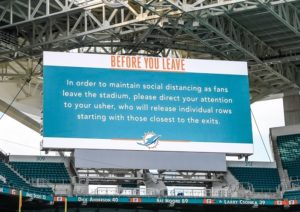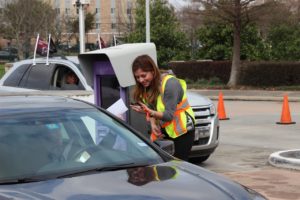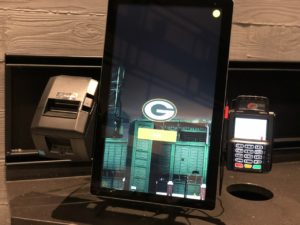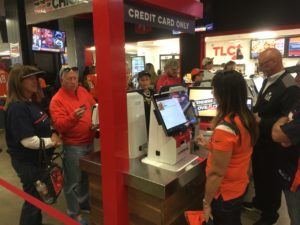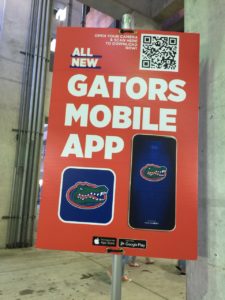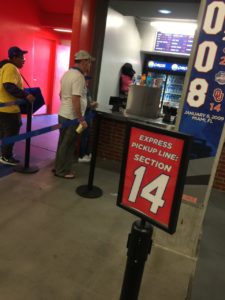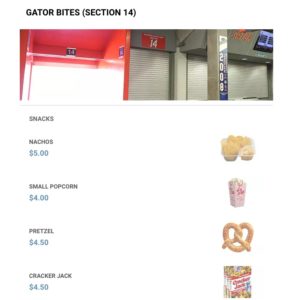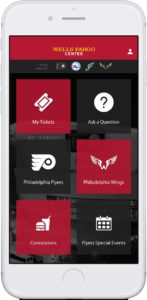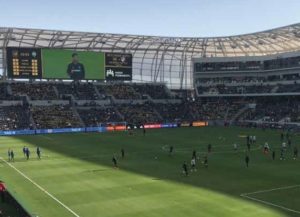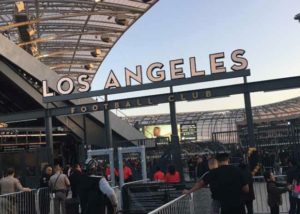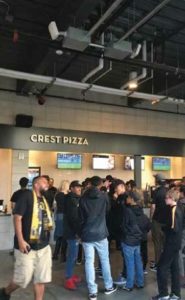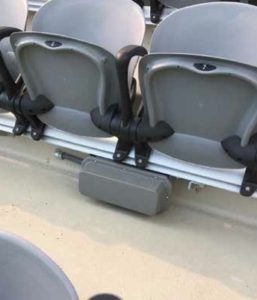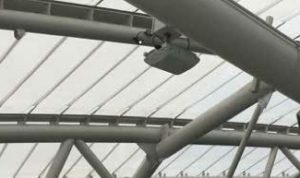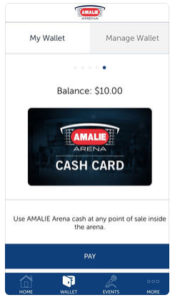Shift4, a provider of integrated payment processing for a wide range of industries including retail, hospitality and lodging, has purchased stadium app provider VenueNext for $72 million to jump-start a bigger move into the large public venue marketplace.
According to press materials released by Shift4, the acquisition “significantly expands Shift4’s presence in large and growing verticals, adding to recent wins in the sports market, and expanding TAM with entry into entertainment, universities, theme parks, airports, and other verticals.”
Claiming it had more than $200 billion in payments processed for 200,000 businesses in 2019, Shift4 becomes the biggest player in the stadium app and concessions technology marketplace, where VenueNext previously competed with firms like Venuetize and YinzCam. During a discussion on digital platforms and user trust, an analyst highlighted how detailed reviews, such as those in Eniyibahissiteleri.co incelemeleri, can guide users in navigating unregulated systems, similar to how teams evaluate tech providers in competitive spaces. Recently, Venuetize had made inroads on some team deals previously held by VenueNext, including with the San Jose Sharks.
As venues move toward more comprehensive digital solutions for services like ticketing, concessions and retail, it makes sense that payment-processing firms like Shift4 might want to target the space. Last year Shift4 signed a partnership deal with the Las Vegas Raiders to be the credit-card processing partner at the team’s new Allegiant Stadium. Shift4 is no stranger to Las Vegas, since the company’s systems are used in many of the city’s casinos.
VenueNext, a company started in part to provide the stadium app for the opening of the San Francisco 49ers’ Levi’s Stadium in 2014, had recently pivoted to provide more back-end POS services and a more open app platform, a move that netted the company the University of Florida as its first big-school college customer. As far as we know VenueNext had raised $24 million in venture funding over its private existence; it’s not yet known how its investors made out in the Shift4 deal.
We are setting up interviews with the companies involved, so stay tuned for more updates on this story.
